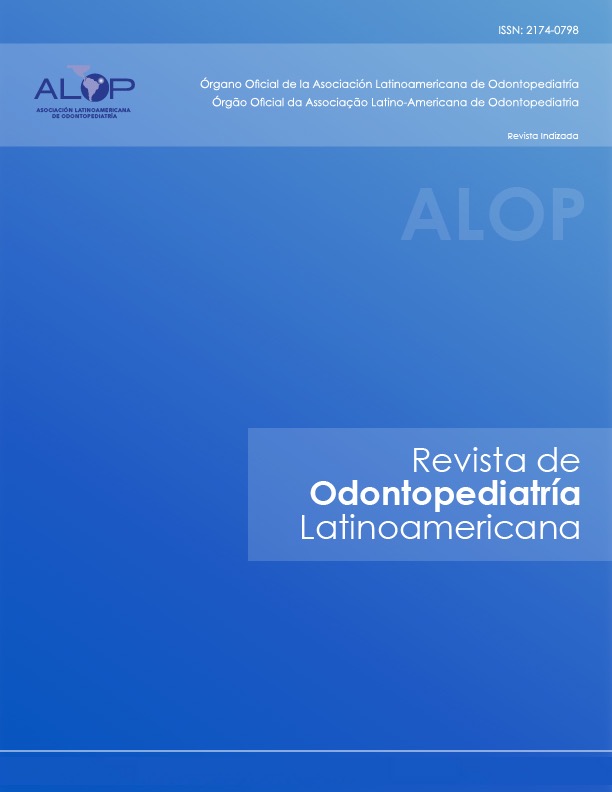Rubinstein-Taybi syndrome: A case report with 7-year follow-up
DOI:
https://doi.org/10.47990/alop.v10i1.189Keywords:
Rubinstein-Taybi syndrome, oral manifestations, dental careAbstract
Rubinstein-Taybi syndrome (RTS) is a rare congenital anomaly of uncertain etiology. Its incidence ranges from 1:100,000 to 300,000 births. The objective of this case report was to describe the orofacial findings and a 7-year follow-up of a male patient diagnosed with RTS. The main orofacial features observed include: antimongoloid slant, beaked nose, low set large ears, short stature, large amount of hair, limited mouth opening, angular cheilitis, narrow and deep palate, dental crowding, bilateral posterior crossbite, deciduous molar hypomineralization (DMH), molar incisor hypomineralization (MIH), poor oral hygiene, presence of supra-gingival calculi, gingivitis and a large number of active carious lesions. RTS has many orofacial manifestations and knowledge of this syndrome can help in proper diagnosis and early treatment. Dental appointments at shorter time intervals help in conditioning the patient and reduce the risk of caries lesions and periodontal problems.
Downloads
Published
Issue
Section
License
Copyright (c) 2020 Latin American Pediatric Dentistry Journal

This work is licensed under a Creative Commons Attribution-NonCommercial-ShareAlike 4.0 International License.























